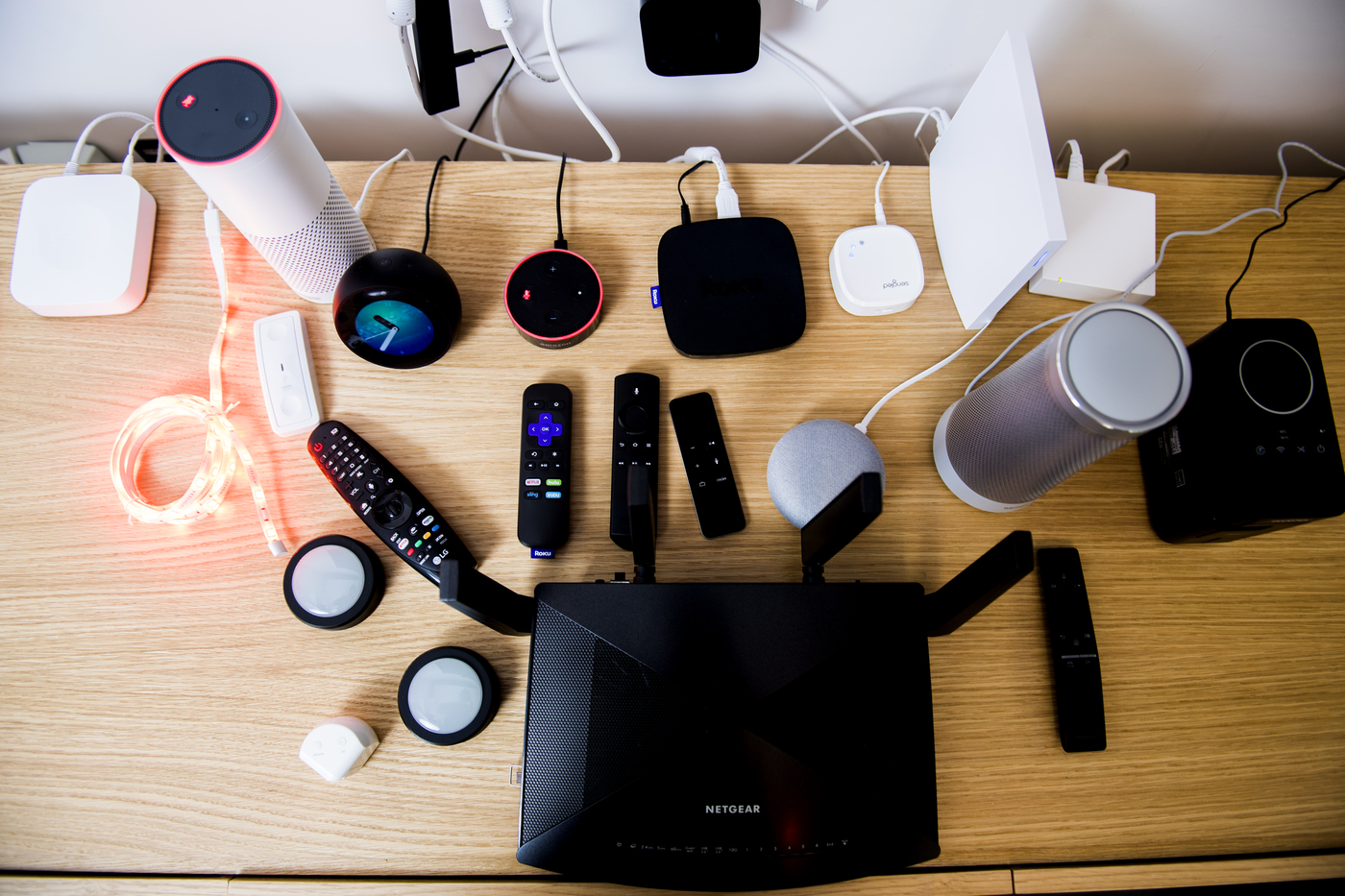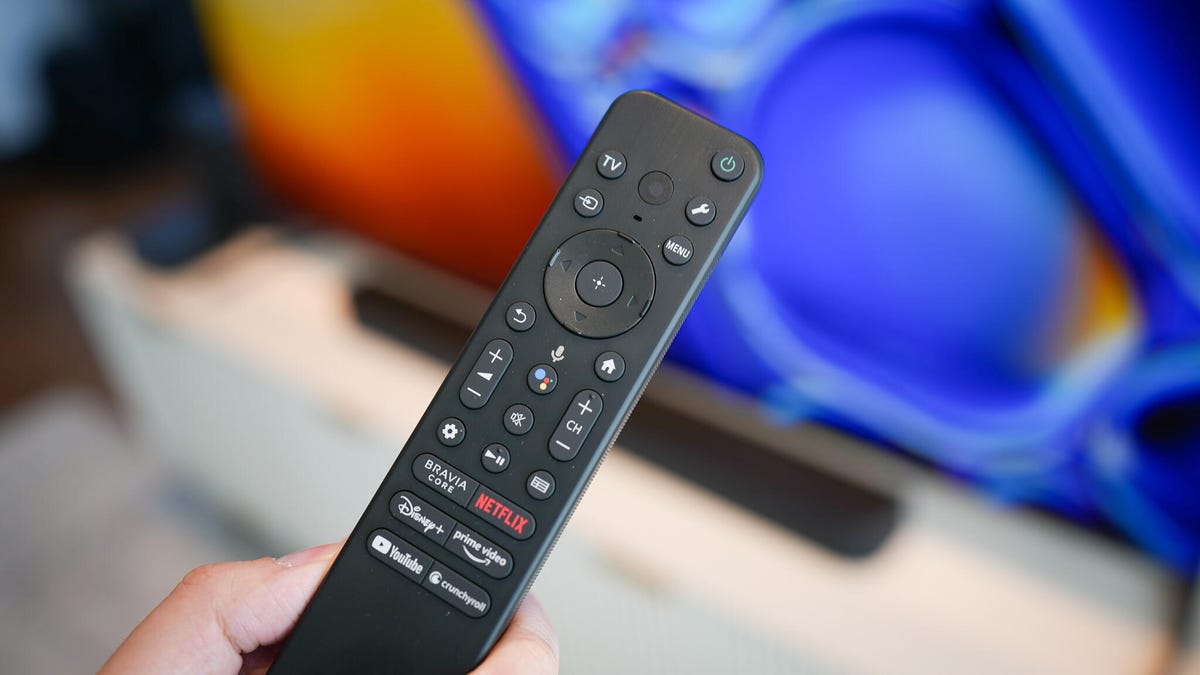
Smart TVs have revolutionized how we consume entertainment, offering instant access to streaming services like Netflix, Hulu, and YouTube. However, these devices often collect and share detailed data about your viewing habits, often without clear consent. At the heart of this issue is Automatic Content Recognition (ACR), a technology that tracks what you watch and how you watch it.
What Is Automatic Content Recognition (ACR)?
Automatic Content Recognition (ACR) is a built-in technology in most smart TVs that identifies the content displayed on your screen, whether it’s a movie, TV show, video game, or even content streamed via an HDMI-connected device. ACR operates through three methods: acoustic fingerprinting, which listens to audio to identify content (similar to Shazam); digital watermarking, which tracks invisible codes embedded in content; and video fingerprinting, which captures frame-by-frame screenshots. For example, Vizio TVs can take up to 7,200 screenshots per hour, roughly one every 10-15 seconds, according to privacy research.
These screenshots and audio samples create “content fingerprints” that are sent to the TV manufacturer’s servers and matched against a database to pinpoint exactly what you’re watching. A 2019 study by Northeastern University and Imperial College London found that nearly all tested smart TVs sent data to third parties like Google and Netflix, even when no accounts were linked, highlighting the pervasive nature of this technology.

What Data Is Your Smart TV Collecting?
Smart TVs don’t just track what you watch—they monitor how you interact with your device. This includes the titles and episodes you view, how long you watch, which ads play, and whether you change channels during commercials. Beyond content, TVs log technical details like your IP address, MAC address, Wi-Fi network name, and connected Bluetooth devices. In some cases, they may also capture your location, email, or home address. This data builds a detailed profile of your behavior, which is often shared with third parties.
The 2017 Federal Trade Commission lawsuit against Vizio exposed how the company shared viewing histories of 11 million users with data brokers without their knowledge or consent. This data fuels targeted advertising, cross-device tracking, and even political campaigns. For instance, campaigns can use ACR data to identify persuadable voters by analyzing their viewing habits, even for non-political content.

How Is Your Data Used?
The data collected by ACR is a goldmine for advertisers, streaming platforms, and data brokers. By analyzing your viewing patterns, companies create hyper-detailed profiles that reveal your interests, habits, and even demographics like age, income, or marital status.
For example, watching luxury car shows might trigger ads for designer watches or high-end vacations. More concerning, this data is often linked with other devices—your phone, laptop, or smart home gadgets—through cross-device tracking, creating a comprehensive picture of your life.
Toby Lewis, Global Head of Threat Analysis at DarkTrace, warns that ACR could soon integrate with advanced technologies like facial recognition and sentiment analysis, enabling even deeper surveillance.
Political campaigns also exploit this data, combining it with voter databases to target specific audiences. The trillion-dollar data industry thrives on this information, using it to influence your decisions, from purchases to political views, often without transparency.
Privacy Risks and Lack of Consent
The use of ACR raises serious privacy concerns. Smart TV privacy policies are often buried in lengthy terms of service that few users read, using vague terms like “Live Plus” (LG) or “Viewing Information Services” to mask ACR’s function. Many TVs enable ACR by default, and opting out requires navigating complex menus.
Even worse, software updates can silently re-enable tracking, undermining user choices. A 2020 study by researchers like Yash Vekaria noted that LG and Samsung TVs capture snapshots as frequently as every 10-500 milliseconds, including content from HDMI-connected devices like laptops, potentially exposing sensitive information like emails or Zoom meetings.
Legal barriers further complicate transparency. The Computer Fraud and Abuse Act (CFAA) discourages researchers from investigating smart TV surveillance due to the risk of lawsuits from manufacturers. This opacity, combined with the lack of clear consent, leaves users in the dark about how their data is collected and shared.
How to Disable ACR and Tracking on Your Smart TV
Disabling ACR and tracking features is a critical step to protect your privacy. The process varies by brand, but generally involves navigating to privacy or advertising settings and turning off data-sharing options. Below are detailed instructions for popular TV brands, along with tips to ensure your settings stick. Always consult your TV’s manual or the manufacturer’s website for model-specific guidance. You can however refer to the following article ZDNET on how to do this on popular TV Brands.

Additional Privacy Protection Tips
To further safeguard your privacy, consider using your smart TV as a “dumb” monitor by streaming content through an HDMI-connected device like a laptop, Roku, or gaming console. This bypasses the TV’s smart features, reducing data collection. Alternatively, keep your TV offline by not connecting it to Wi-Fi, though be cautious, as some TVs may store data locally and send it when reconnected.
To combat data brokers who may receive your TV’s data, consider services like DeleteMe, which removes your personal information from over 750 data broker websites. Finally, advocate for transparency by asking manufacturers about privacy features when buying electronics and supporting organizations like the Ludlow Institute, which funds privacy research.





